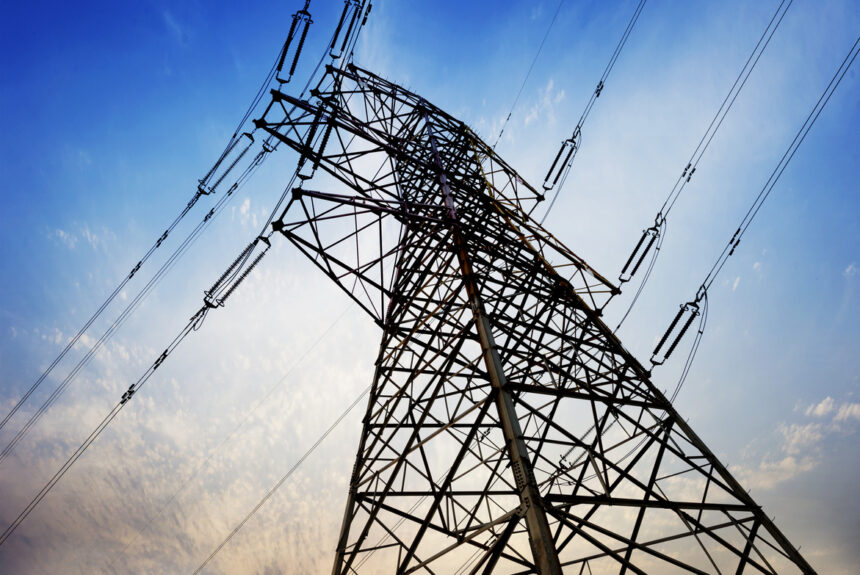The nation’s electric grid has not kept pace with economic and societal advancement. As energy demand surges, expanding our transmission capacity has become an urgent priority. Clean energy sources will play a pivotal role in meeting this demand, but these sources are often located far from the urban centers where energy consumption is highest. This challenge is compounded by the rapid adoption of electric vehicles (EVs), the growing integration of artificial intelligence (AI), the expansion of new energy generation facilities, and electric load growth spurred by large-scale manufacturing and industrial investments.
Now, one organization is on a mission to change the status quo. NextGen Highways (NGH) is dedicated to advancing commonsense policy and regulatory reforms to streamline the development of electric transmission and other critical infrastructure across the United States.
Rising energy consumption underscores the need for a robust and resilient transmission network supporting diverse energy needs. Leading studies from Princeton University, the Massachusetts Institute of Technology, and the National Renewable Energy Laboratory project that the U.S. must increase its transmission capacity by two to three times by 2050 to sustain a low-cost, reliable, clean energy grid. Utilities and independent transmission developers will build the grid in the coming decades with the reliability and affordability consumers need. Similarly, the electricity users who benefit from the new line will bear the cost of building new power lines. Typically, new transmission lines deliver benefits that far exceed the investment needed. That’s why it’s crucial to maximize the value of electricity users’ investments through commonsense approaches to building out transmission.
The NextGen Highways strategy is centered on practical solutions like highway co-location – building new transmission lines within existing highway corridors. This approach simplifies the permitting process and minimizes environmental and landowner impacts. By leveraging existing infrastructure, co-location accelerates project timelines, reduces costs, and opens opportunities for deploying broadband and other essential infrastructure alongside transmission development. It’s a forward-thinking solution that streamlines development while maximizing the use of our nation’s existing resources.
Wisconsin has shown that this strategy works; utilities and state agencies have been siting and permitting new transmission lines in highway rights-of-way (ROW) for nearly 20 years. Over 100 miles of the Badger Coulee Transmission Line were sited, permitted, and built in the interstate 90/94 corridor between Madison and La Crosse. Utilizing the interstate highway ROW avoided impacting 300-400 private landowners who would have been affected by an alternate route. Practices and experiences from Wisconsin’s success co-locating transmission in highway ROW are applicable nationwide.
In states across the country, NextGen Highways is bringing together diverse stakeholders—including policymakers, developers, elected officials, utilities, clean energy advocates, the business community, trade associations, and community groups—to identify shared goals, achieve consensus, and drive the regulatory reforms necessary to fast-track development of essential infrastructure. By tapping into the public and private sectors’ combined expertise and resources, we can accelerate infrastructure development, support energy expansion, and create significant economic opportunities.
In the first half of 2024, the NextGen Highways Minnesota Coalition helped guide legislation through the Minnesota legislature that opens all highway ROW within the state for transmission line co-location, overturning the existing prohibition on co-locating in interstate highway ROW. Governor Walz signed the bill into law in May 2024. In September, NextGen Highways Colorado announced its intent to help remove prohibitions on co-location in Colorado’s interstate highway system. NGH Colorado is currently advancing legislation through the legislative process.
NextGen Highways’ long-term vision is to lay the groundwork for a smarter, more efficient, and more resilient infrastructure network. This network will ensure a reliable, affordable, and clean energy grid, enhance broadband access, and support the growth of emerging technologies. By fostering a culture of innovation and cooperation, NextGen Highways is committed to advancing long-term energy security, economic vitality, and environmental sustainability for future generations.
Randy Satterfield is the Executive Director of NextGen Highways.
The views and opinions expressed are those of the author’s and do not necessarily reflect the official policy or position of C3.
